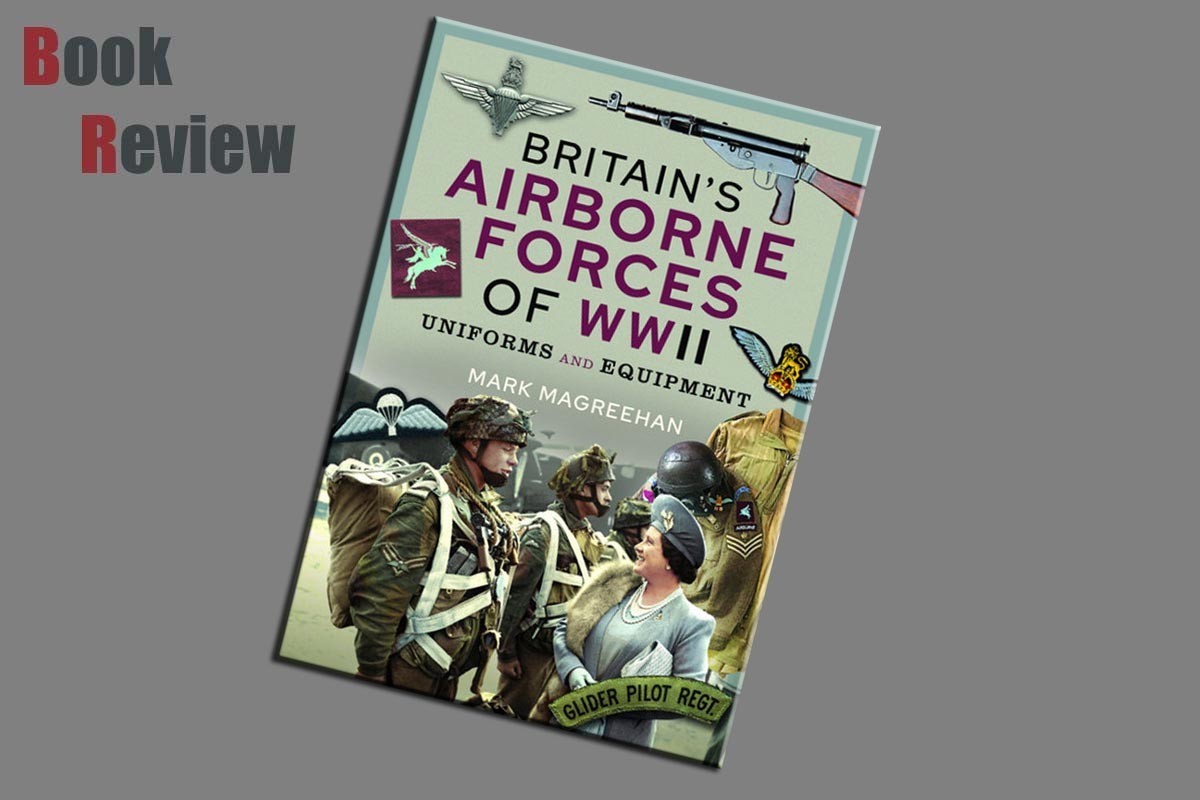
Introduction
The following is taken from the Pen and Sword website:
The Second World War saw huge advancements in military tactics and technology occurring at an unprecedented pace. One such development was the employment of forces able to deploy at short notice by parachute across the globe, utilizing the opportunities created by the advancements in aeronautical technology. These forces were created to deliver an in-depth shock effect, and few have attracted more attention than Britain’s famed Parachute Regiment. This formation was born from the humble beginnings of a fledgling unit drawn together from the British Army and Royal Air Force after Winston Churchill called for a new capability to be created following German airborne successes in the opening stages of the Second World War.
Despite being initially poorly equipped, operating outdated aircraft and wearing clothing copied from captured German examples, the Parachute Regiment rapidly grew into what would become two complete airborne divisions – formations which played a key role in the destruction of the Axis forces. The equipment needed by these men rapidly changed as the war evolved and this is clearly illustrated in the author’s fine and unique collection of rare airborne items from that period, several of them being the sole surviving items known to exist.
The chronological historical information on Britain’s paratroopers’ role and development during the Second World War in this highly illustrated book is not only supported by a comprehensive and rare collection of items displaying the development and expansion of their equipment for each operation, but also by hundreds of original pictures which embrace the entire period. Additionally, the book also briefly covers the Polish Parachute Brigade and the Canadian parachute formations embedded into the British order of battle.
This book provides a comprehensive pictorial display of Britain airborne forces which will prove to be a ‘must have’ tool for military history enthusiasts, airborne collectors, re-enactors and modellers, as well as current serving soldiers linked by service to this truly special military formation.
Review
This offering from Pen and Sword, is a hard backed book authored by Mark Magreehan, containing 160 pages of semi-matt paper of a good quality, being stitched into the book which I also consider to be a sign of a high quality product. The contents of the book, are presented twenty chapters which are as follows:
1940 The formation of British Airborne Forces
The First Airborne Operation, 10th February 1941
The Bruneval Raid, 27/28th February 1942
North Africa, 1942-43
Operation Fustian, Sicily-Italy 1943
Italy 1943
Operation Simcol, Italy 1943
The Battle of Kos, 14/15th September 1943
Training in the United Kingdom, 1944
Operation Hasty, Italy, June 1944
D-Day 6th June 1944
Operation Dragoon, Southern France 1944
Operation Market Garden, Arnhem 17/25th September 1944
Operation Manner, Greece 1944
The Battle of Bure, January 1945
Operation Varsity: The Crossing of the Rhine, 24th March 1945
Advance to the Baltic, 1945
Operation Doomsday, Norway 1945
Sangshak, 1944
The Far East, 1945
The intention of this book, is not to cover all of the operations that the British Airborne Forces undertook, but concentrates on the uniforms and equipment that the men were issued with. However, the author does provide a number of black and white period photographs, which I am led to believe come from his own collection covering the chapters previously mentioned. Also provided are colour photographs, showing the uniforms and equipment that the author owns. The text of the title is limited to a brief outline of each chapter, but the text is well written and easily read in English.
Many a modeller has collected bits and pieces from military forces covering periods that interest them. I am sure that many of us have cap badges, cloth badges, pieces of clothing and in some cases even weapons of the period. Mark Magreehan takes this collecting to a whole new level, along with full uniforms, webbing and armourment - he even has the underwear that was issued, which is something I did not expect to see! All of the items in his collection are clearly identified and well photographed. Things like the camouflaged Denison smock, provides the viewer with a great deal of visual reference covering not just the colour, but the variations in colour.
While uniforms are of interest in terms of colour, pockets and general appearance. It tends to be details such as the webbing, and equipment that goes together to make an ensomble. The authors photographs provide that information, in spades and will prove to be of great benefit to any modeller looking to cover Britain’s Airborne forces of WWII.
Conclusion
This offering from Pen and Sword is not for the individual who is looking for details of battles fought during WWII by Britain’s Airborne forces. However, for the modeller who is looking for those little touches to lift their work to a new level this book will likely have the answers. The photographs have well written captions, and the period photographs may give the modeller an insight on how they wish to display their masterpieces. While this book may not have been written with the modeller in mind, it is a title I would highly recommend, for any modeller with an interest in Airborne forces of this period.




























